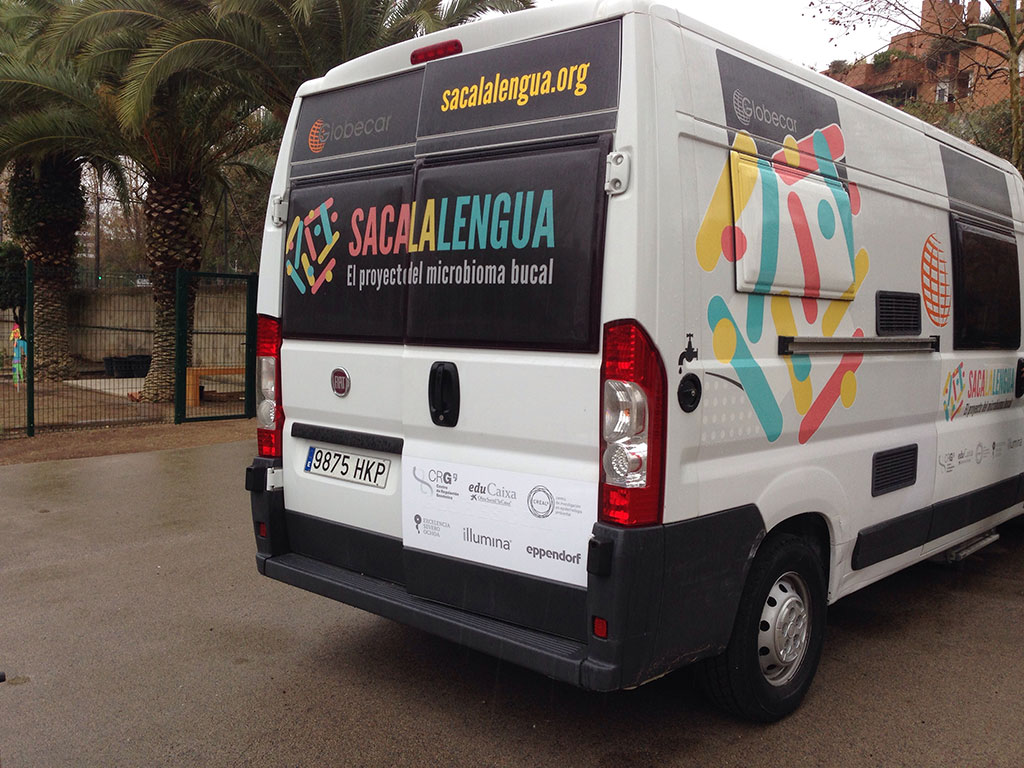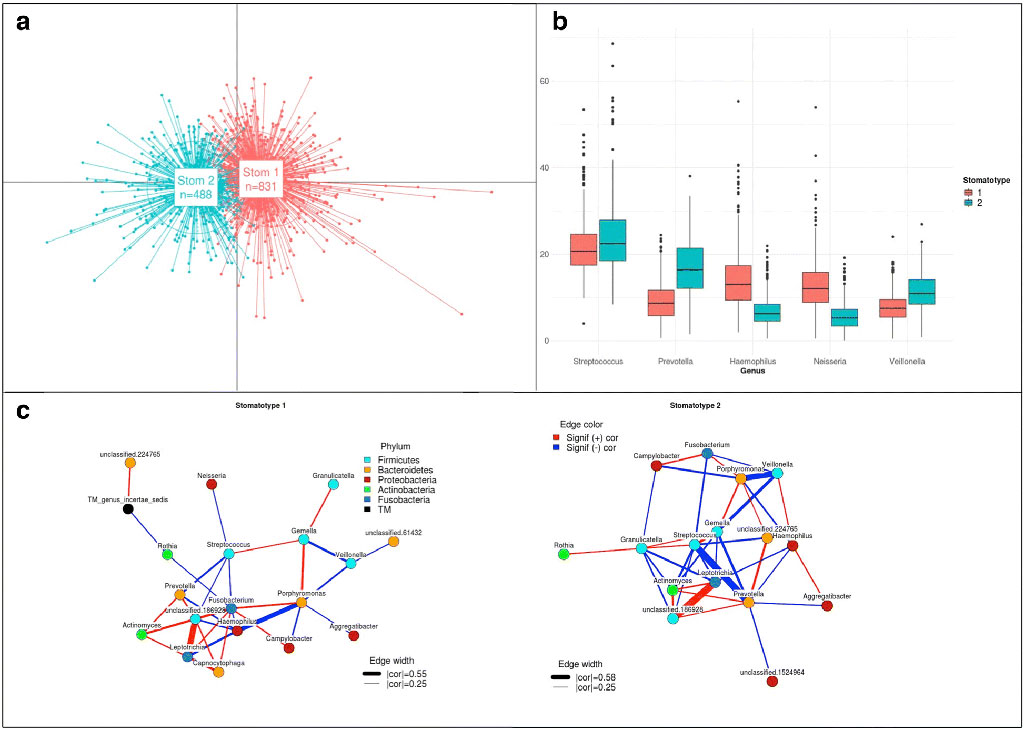We are not alone. every square inch of our internal and external body surface is populated by a rich and diverse microbial community. Our mouth is not an exception. In fact it is estimated that each milliliter of saliva may contain about 100 million microbial cells, and over 700 bacterial genera have been described in this niche. Identifying the composition of the oral microbiome in adolescents and how it may change with varying dietary and higiene habits was the main research purpose of the “Stick out your tongue” project (http://www.sacalalengua.org). One particularity of this project is that we took a citizen-science approach, aiming to involve citizens in all steps of the research, from hypothesis generation, through sample collection, to data analysis and interpretation. This approach has enabled us to access a large number of samples and data from a so-far poorly studied population (healthy adolescents) and also to contribute to the empowerment of our citizens in scientific issues. Our results show, for the first time, a relationship of variations in the oral microbiome with the chemical composition of tap water. In addition, many other relationships with dietary and hygiene habits are related. Living in a rural or densely populated environment, in contrast, seemed to have very little effect. Overall, we found that the microbial diversity found in the oral cavity of adolescents belonged to two main “ecotypes” (which we named stomatotypes) that seem to represent two different possible equilibria between microbial communities and our mouths.
References

